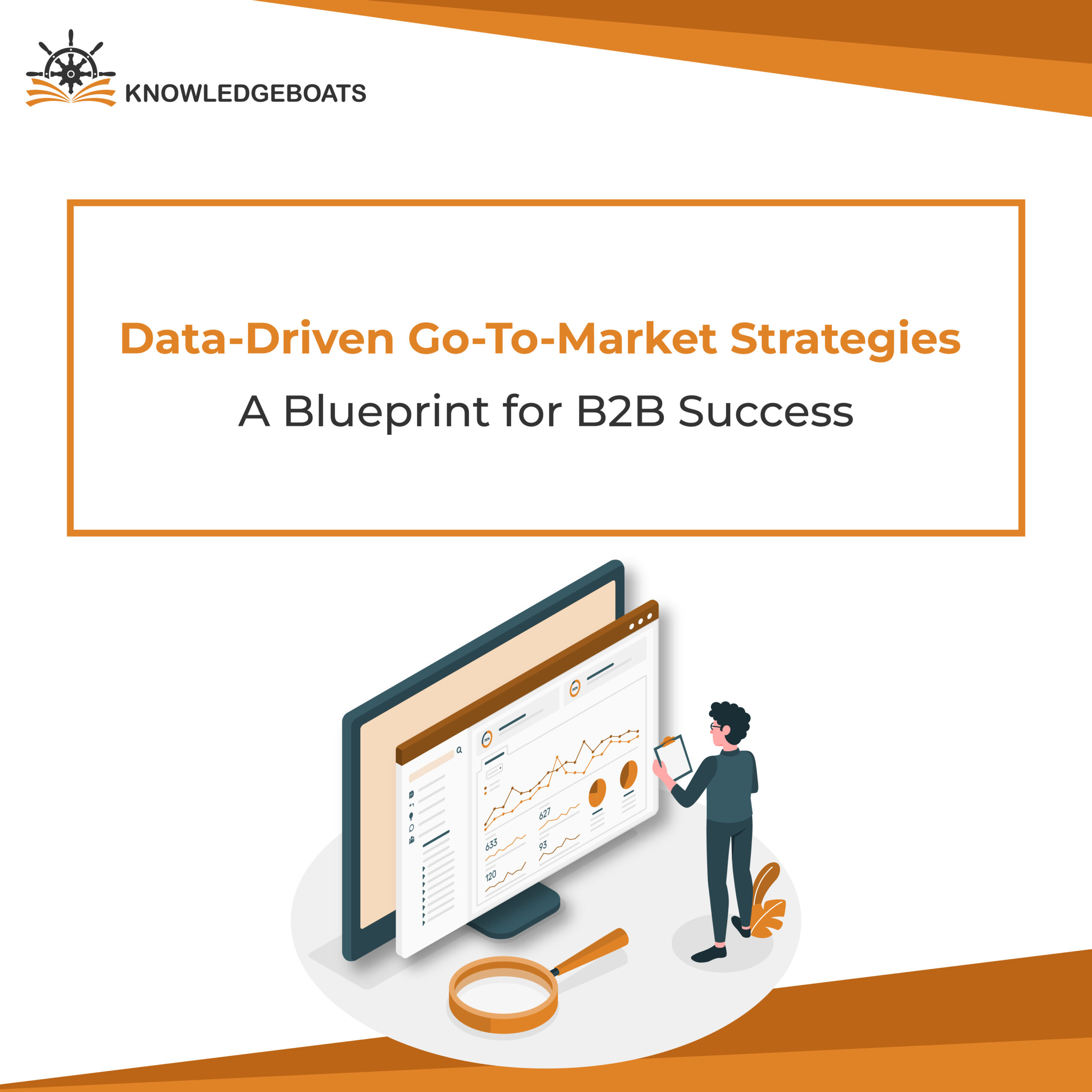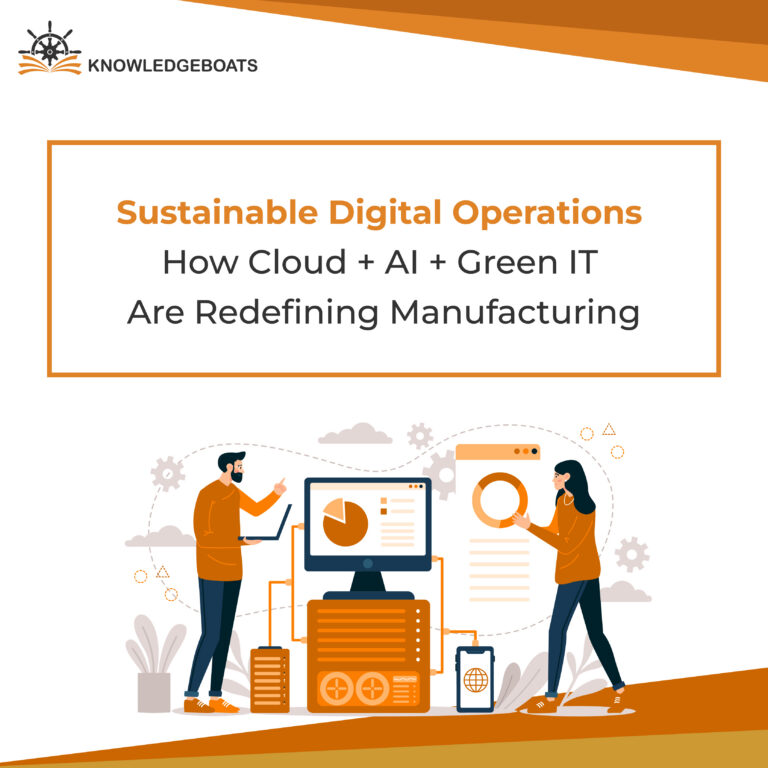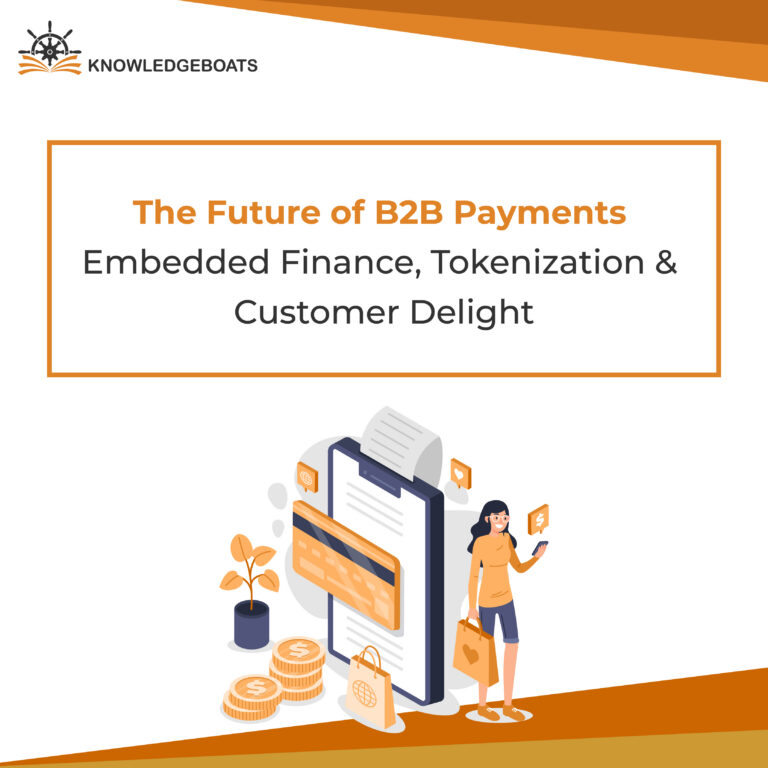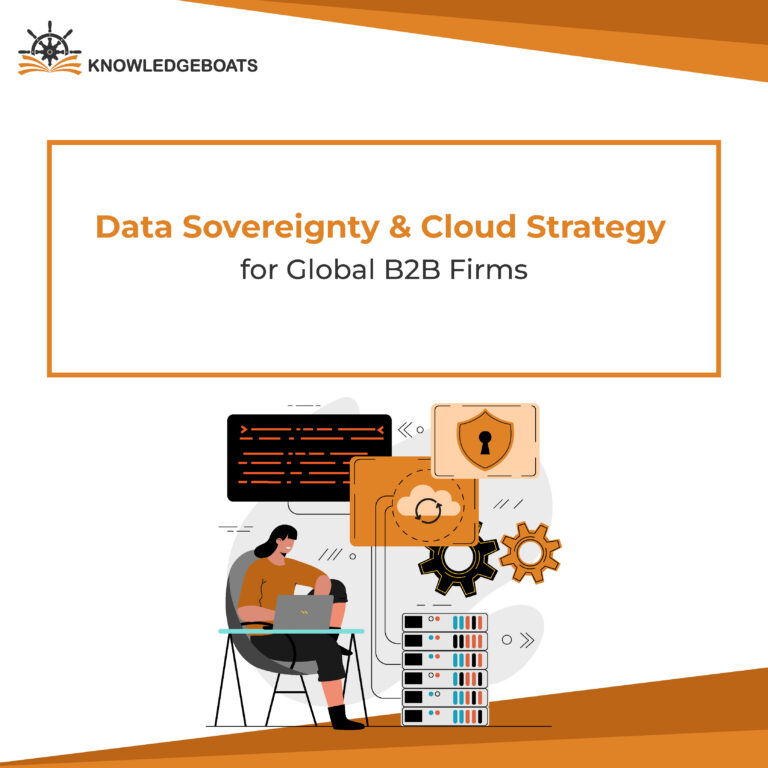
In the B2B world, launching a new product or targeting a new segment can feel like launching a rocket blindfolded. You have incredible tech and a passionate team, but are you really hitting the right target? Are you reaching the exact people who need you most, precisely when they need you?
Navigating the complex B2B landscape based purely on gut instinct is getting tougher. The market is noisy, buyers are savvy, and wasting precious time and budget is simply not an option. This is where a data-driven approach to your GTM strategy becomes crucial. It’s about swapping assumptions for clear, actionable insights, making your efforts incredibly precise, wonderfully efficient, and far more likely to drive measurable growth.
Companies that master data and analytics often significantly outperform their peers. Research consistently shows that firms embedding data into their decision-making see notable advantages in profitability, customer acquisition, and retention.
Moving your GTM from “educated guess” to “informed strategy” is a journey with massive rewards. Ready to build a GTM strategy that clicks? Here’s a practical blueprint.
Step 1: Understand Your Ideal Customer
Your Ideal Customer Profile (ICP) is your North Star. It’s the picture of the perfect partner who gains maximum value from your solution and provides immense value back to you. Building a data-driven ICP goes beyond basic checkboxes.
You need to dig into the data to understand:
- Firmographics: Industry, size, revenue, location. Your CRM (Salesforce, HubSpot) provides existing customer data. For new prospects, use third-party data providers (ZoomInfo, LinkedIn Sales Navigator).
- Technographics: Their existing software and hardware. This reveals compatibility or pain points. Look at specialized technographic data providers.
- Behavioral Data: What did your best customers do before buying? Which website pages did they visit? What content resonated? How do they use your product? Your CRM, marketing automation platform, and product analytics hold the keys.
- Intent Data: Are companies actively researching solutions like yours elsewhere online? Intent data tools (Demandbase, 6sense) track this behavior, giving you a heads-up on in-market buyers.
Example: A logistics software company initially targeted any manufacturer. By analyzing CRM data, they found their highest-value customers were manufacturers over a certain size who also used a specific inventory management system. This data-backed insight refined their ICP, focusing sales and marketing energy where it paid off most, leading to bigger, better deals.
Step 2: Map Out Their Journey
B2B buying is a winding path. Understanding your specific buyer’s journey, from problem awareness to solution consideration to final choice is critical. Data helps you see this path.
Where do you find these?
- Content Trails: What blog posts, guides, or webinars do they consume at different stages? Google Analytics and your marketing automation platform (Marketo, HubSpot) show content resonance.
- Sales Interactions: Analyze your CRM for conversations, emails, and meetings in closed deals. What patterns emerge in successful journeys?
- Hear It from Them: What questions arise on sales calls (Gong, Chorus analysis)? What feedback do they give in surveys? This qualitative data adds crucial context.
- Website Footprints: How do visitors move through your site? Which pages are critical conversion points?
Example: A cloud security company found that prospects downloading their “Cloud Security Checklist” and then visiting their pricing page within 48 hours were hot leads. Data showed this pattern indicated a move from general interest to serious consideration. They automated a specific follow-up for these prospects, sending targeted case studies to accelerate their decision.
Step 3: Get Smart About Pricing and Positioning
Are you charging the right amount for the value you deliver? Is your message truly hitting home? Guessing here leaves money on the table or pushes prospects away. Data takes the guesswork out.
Look at the data from:
- The Competition: What are others charging? How are they positioning their solutions? Use G2 and Capterra, plus industry reports, for an external view.
- Your Customers: What do they really value? Why did they choose you? Capture this feedback in your CRM, surveys, and conversations.
- Direct Research: Structured surveys can reveal your buyer’s willingness to pay for specific features or benefits.
Use this data to craft a position that speaks directly to your ICP’s pains and aspirations, highlighting your unique value. Adjust your pricing to align with the perceived and actual value your solution provides.
Example: A project management software company initially competed on price. Customer feedback data, however, revealed that customers truly valued the massive time savings their platform delivered. They used this “time saved” data point to shift their positioning, emphasizing ROI and productivity gains. This allowed them to successfully implement a value-based pricing model that captured more revenue per customer.
Step 4: Pick and Optimize Your Channels with Data
You know who to reach, how they buy, and what message resonates. Now, where do you meet them? Throwing money at every channel isn’t the answer. Data tells you where your ICP hangs out and which channels deliver results.
Religiously track performance data across all your outreach efforts:
- Digital Campaigns: Look at cost per lead, conversion rates through the funnel, and pipeline generated from LinkedIn Ads, Google Ads, email marketing platforms and ABM platforms.
- Other Activities: For events or direct mail, find ways to track responses and ROI.
Analyze this data regularly. Don’t just pat yourself on the back for clicks; follow those clicks through to opportunities and revenue. Which channels consistently bring in the right kind of leads who close? Shift your budget towards the winners.
Example: A marketing platform was spending heavily on general display ads. Data showed leads from highly targeted LinkedIn campaigns, though more expensive per click, converted into qualified opportunities at a rate four times higher. Seeing this clear funnel data, they drastically cut display ad spend and invested heavily in LinkedIn, improving overall marketing ROI.
Step 5: Keep the Data Loop Going: Measure, Learn, Adjust
Building a data-driven GTM strategy isn’t a project you finish; it’s an ongoing process. You need to constantly watch what’s happening, understand why, and make smart adjustments.
Set up dashboards to easily track key performance indicators (KPIs) that matter:
- Costs: Customer Acquisition Cost (CAC).
- Speed: Pipeline Velocity.
- Value: Customer Lifetime Value (CLV).
- Efficiency: Conversion Rates at every step (website visitor to lead, MQL to SQL, Opportunity to Closed-Won).
- Effectiveness: Win Rate, Average Deal Size.
Tools like Tableau or Power BI make your data visual and easy to understand. Meet regularly with sales and marketing to review these numbers. Where are people dropping off? Where are you excelling? Use those insights to tweak messaging, refine processes, or reallocate resources.
Example: Your data dashboard shows a sudden dip in the conversion rate from ‘Demo Attended’ to ‘Proposal Sent.’ Digging into call notes or feedback, you discover a new common objection. Armed with this data, you can quickly create a new sales playbook or FAQ to address it, helping your sales team overcome that bottleneck.
Navigating the Bumps in the Road
Making this shift isn’t always perfectly smooth. You’ll likely hit some bumps:
Data Living Everywhere: Work towards a unified data platform (CDP or data warehouse) or invest in robust integration tools.
Inaccurate or incomplete data: Implement regular data cleaning processes, enforce data entry standards, and emphasize data quality across teams.
Knowing How to Use It: Invest in training, consider hiring data specialists, or partner with external experts.
Conclusion:
The B2B world is evolving, and the businesses that win are the ones using data not just for reporting, but as the driving force behind their strategy. By systematically applying data to understand your perfect customer, map their buying journey, nail your positioning and pricing, pick the right channels, and constantly measure and adapt, you’re not just building a GTM strategy but building a highly optimized engine for growth.
Don’t feel like you need to conquer all five steps overnight. Start small. Pick one area to focus on, maybe refining your ICP using existing CRM data, or mapping the early buyer journey based on website analytics. Test, learn, and let the data show you where to go next. The future belongs to the B2B companies that truly listen to what the data is telling them.


